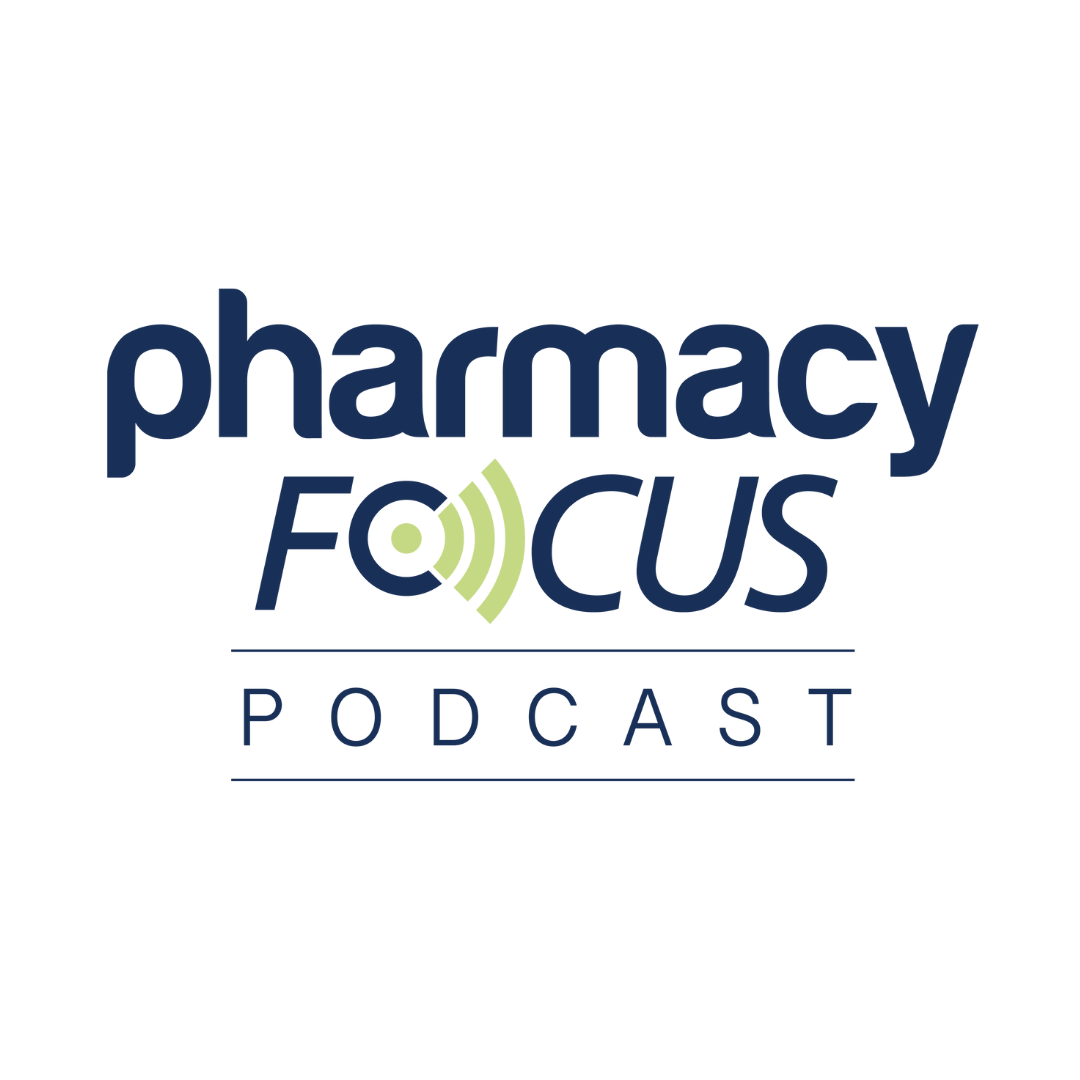News
Article
The GLP-1 Conundrum: Insights From the 2025 Pharmacy in Focus Report
Author(s):
Key Takeaways
- GLP-1 therapies, initially for diabetes, are now widely used for weight management, driving significant market changes.
- The rising popularity of GLP-1s raises concerns about affordability, accessibility, and sustainability in healthcare.
Pharmacists play a crucial role in educating patients on proper administration and adherence to GLP-1 treatments.
The pharmaceutical industry is rapidly transforming health care, offering new therapies at rising costs. In the 2025 Pharmacy Focus report, Navigating the GLP-1 conundrum: Demand, cost and sustainability by Evernorth Research Institute, investigators are examining this shift, focusing on the surging demand for glucagon-like peptide-1 (GLP-1), a key drug class driving historic market changes.1,2
Image credit: Patrick Bay Damsted | stock.adobe.com

“This report aims to provide education on how these therapies work, highlight their financial and logistical implications, and help employers and health plans navigate this evolving space,” Urvashi Patel, PhD, MPH, vice president, Evernorth Research Institute, said in a news release.
GLP-1 agonists are usually injectable medications that are administered in the fatty tissues under the skin in the belly, outer thighs, upper buttocks, and back of the arms. GLP-1 medications function by attaching to GLP receptors, thereby activating the GLP-1 hormone's natural effects. Increasing the dosage of these agonists results in a corresponding increase in the intensity of these effects, according to Cleveland Clinic.3
GLP-1s were originally established to treat diabetes, indicated to slow digestion and regulate appetite. In recent research, GLP-1s have demonstrated positive outcomes for weight loss, resulting in various FDA approvals for overweight and obesity management.2 Commonly used GLP-1s prescribed for individuals struggling with overweight and obesity include semaglutide (Wegovy, Ozempic), liraglutide (Saxenda, Victoza), dulaglutide (Trulicity), and tirzepatide (Mounjaro, Zepbound). GLP-1 agonists are intended for use alongside lifestyle and dietary changes for both diabetes and weight management.3
“These drugs offer significant benefits for chronic conditions like diabetes and obesity, but their increasing popularity raises critical issues,” said Patel in the news release.
GLP-1 therapies are intended to expand beyond current uses, leading to wider adoption and offering treatment for chronic disease management; however, researchers from Evernorth note that this expansion raises concerns about affordability, accessibility, and long-term sustainability. This highlights the importance of balancing the benefits of GLP-1 treatments to ensure they are accessible without causing a financial burden to health care teams and patients.2
Evernorth’s 2025 Pharmacy Focus report aimed to highlight key trends and challenges around GLP-1 therapies and offer useful actions to aid the issues. The findings from the report were provided from a nationwide survey that included consumers, employers, providers, pharmacists, and health plan leaders. Additionally, the analysis included data from 28 million commercially insured individuals.2
The report outlined various key insights, including GLP-1s surpassing spending from other specialty drugs. The report highlighted that GLP-1s represent a significant portion of total drug costs and show a strong consumer interest. In 2024, weight management drugs accounted for around 46.8% of the total increase in drug spending, representing 6.7% of total drug costs. In 2025, there is a projected 73.1% increase in the utilization of GLP-1s for weight loss. Additionally, the report identified that 24% of consumers are currently considering GLP-1s.1,2
Further insights involve the rapid adoption of GLP-1s, as they are countered by high discounting rates leading to questions around their long-term value. Previous research from Evernorth indicated that more than 50% of individuals using GLP-1s for weight loss discounted treatment within 12 months. The most common reason for stopping GLP-1 treatment included side effects and safety concerns (43.7%), their use was no longer needed (15.3%) by the patient, financial and insurance barriers (30.9%), adherence challenges (15.3%), and provider-driven discontinuation (13.1%).1,2
With the recent upsurge of GLP-1 use, concerns around supply and sustainability have increased, especially with the expanded FDA approvals. GLP-1 use among youth has also surged, adding to supply apprehensions. The report revealed that prescriptions for GLP-1 weight loss medications have seen a substantial rise among younger generations, with Gen Alpha experiencing an approximate 141.7% increase and Gen Z a 177.7% increase.1,2
The findings from the report allowed Evernorth to highlight a plan of action that emphasizes developing patient support and cost-management strategies. It advocates for utilizing real-world data to improve prescribing practices, minimize treatment discontinuation, and incorporate behavioral interventions for sustained patient benefits. Finally, it prioritizes preventative measures and lifestyle modifications to promote long-term health and value.1,2
As always, pharmacists play a crucial role in educating patients on proper administration and adherence to GLP-1 treatments. Specifically, pharmacists can aid access to discounts on treatment, support medication adherence, and monitor patients who are being treated with GLP-1s.1,2
REFERENCES
1. 2025 Pharmacy in Focus Report. Evernorth. News release. March 31, 2025. Accessed April 2, 2025. https://www.evernorth.com/pharmacy-in-focus-2025
2. Pharmacy in Focus: Navigating the GLP-1 conundrum. Evernorth. Published March 31, 2025. Accessed April 2, 2025. https://www.evernorth.com/report/pif/2025
3. GLP-1 Agonists. Cleveland Clinic. News release. Updated July 3, 2023. Accessed April 2, 2025. https://my.clevelandclinic.org/health/treatments/13901-glp-1-agonists
Newsletter
Stay informed on drug updates, treatment guidelines, and pharmacy practice trends—subscribe to Pharmacy Times for weekly clinical insights.






